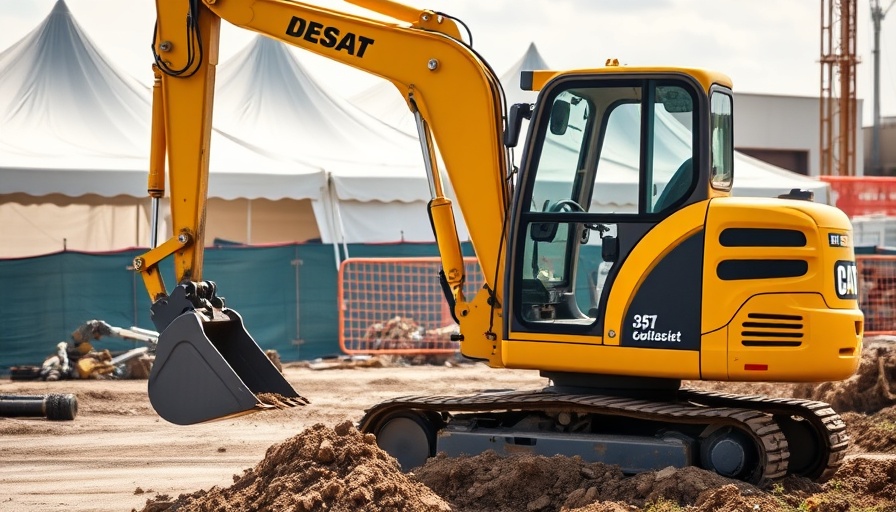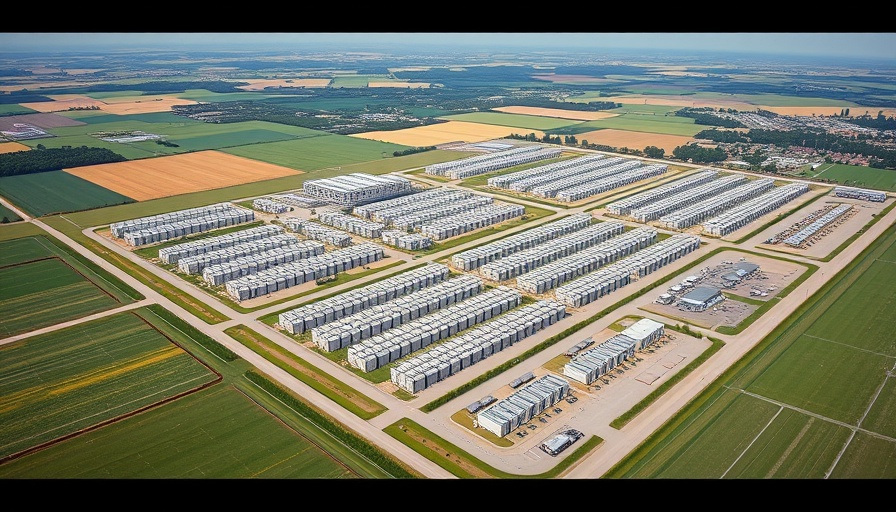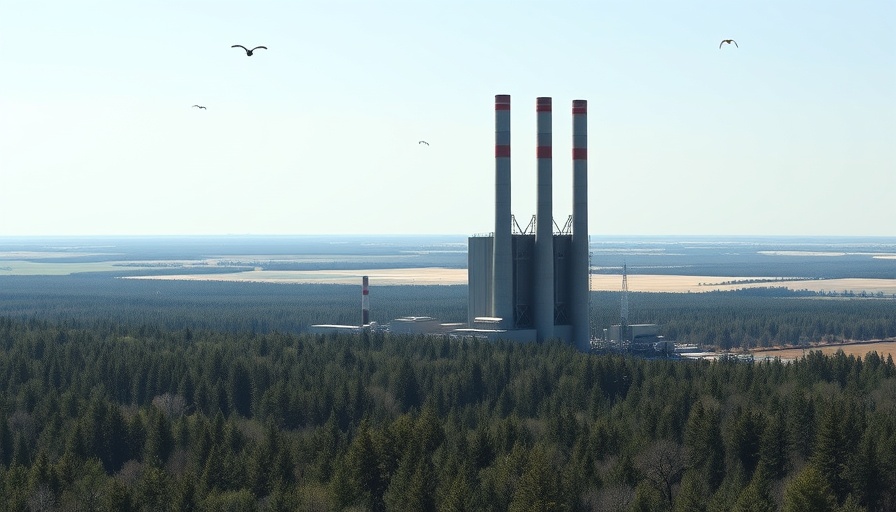
Amtrak's Game-Changing Rail Yard Modernizations
Amtrak is advancing a significant initiative to modernize three major rail yards on the Northeast Corridor, marking a transformative shift in the passenger rail service landscape. With total investments surpassing $2.6 billion, these projects will enhance operational efficiency, boost passenger comfort, and ensure a reliable experience for travelers. As demands increase on railway systems, particularly in light of rising ridership, these upgrades are not merely infrastructural improvements but a vital step toward a modernized rail system that meets today's expectations.
Understanding the Scope of Upgrades
The improvements span three key geographic locations – New York City, Washington D.C., and Boston. Each rail yard will undergo substantial renovations that include new maintenance facilities, modern service tracks, and upgraded operational structures.
In New York’s Sunnyside Yard, a $1.3 billion project will introduce new maintenance and inspection buildings, six additional service tracks with canopies, and significant upgrades to existing platforms. These changes will modernize the facility to better accommodate the Airo trains expected to join the Amtrak fleet by 2027. Meanwhile, the Ivy City Yard in Washington, D.C. will undergo a $705 million renovation focused on expanding service tracks and rehabilitating maintenance facilities. Lastly, Boston's Southampton Yard will receive a $583 million overhaul focusing on enhancing its service capabilities.
Expected Benefits for the Passenger Experience
These rail yard modernizations promise substantial benefits not only to the operational aspects of Amtrak but also for the passengers who utilize these services. With the new Airo trainsets designed for enhanced passenger comfort, the upgrades to the rail yards will ensure that trains are maintained at a high standard, reducing turnaround times before departure. Passengers are set to enjoy an improved travel experience characterized by timeliness, cleaner facilities, and the reliability that comes with a robust maintenance framework.
Why Modernizing Rail Yards Matters
Modernizing rail yards goes beyond maintenance; it speaks to the broader goal of enhancing America’s rail infrastructure as a whole. Historical data reveals that rail travel has seen a resurgence, with Amtrak reporting record ridership numbers time and again. This growth has put pressure on existing infrastructures to adapt and expand. Therefore, these upgrades aim to significantly increase capacity while ensuring safety and efficiency through streamlined processes.
Future Predictions for Rail Travel
Looking ahead, the modernization of rail yards is a harbinger of a new age for American passenger rail services. As rail companies pivot to address the burgeoning demand for sustainable and reliable transit solutions, these upgrades will set the foundation for future innovations in rail travel. Enhanced technology integration, potential expansions to high-speed services, and improved logistics through these modern hubs are just a few of the expected outcomes. Experts predict that in just a few years, these cities will not only witness improved rail services but also foster economic growth from enhanced connectivity.
Challenges Ahead and Looking Toward Investment
Despite the promising outlook, challenges remain. Upgrades will require strategic planning and stringent management of resources and timelines to mitigate disruptions during construction. Community engagement and addressing environmental concerns also pose ongoing challenges that necessitate careful navigation. However, with the support of joint venture partnerships comprising established contractors, Amtrak has positioned itself to address these hurdles efficiently.
What Contractors Can Take Away
For contractors in the home service and renovation industries, the ongoing modernization projects underscore the importance of adapting to evolving market demands. By providing robust and forward-thinking infrastructure solutions, contractors can contribute to larger transformation efforts that foster economic growth. Additionally, learning from the strategic partnerships and innovative techniques employed in these rail yard upgrades can offer valuable insights for other large-scale projects.
Get Involved and Stay Informed
Homeowners and prospective contractors alike can benefit from understanding these broader infrastructure initiatives and how they relate to local growth. Whether through research and awareness or direct involvement in the industry, being informed empowers both parties to engage in future developments. Join local forums or organizations focused on infrastructure development, and stay informed about the future of rail travel and its implications for community growth.
 Add Row
Add Row  Add
Add 




Write A Comment